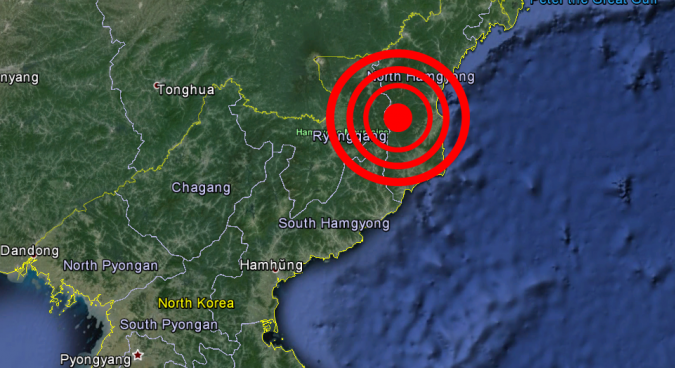Al-Sabahs’ parties are so popular is that they are lavish. The ruling Al-Sabah family is extremely wealthy, thanks to Kuwait’s oil reserves, one of the largest in the world. When I called Buffy Cafritz, a longtime D.C. socialite, she read me a menu she’d saved from a recent luncheon at the embassy. “She served asparagus vichyssoise and sea bass and pureed potatoes and a raspberry sorbet,” Cafritz says, adding, “I remember she had a pretty tablecloth.”
Georgetown doyennes like Sally Quinn have been complaining for years that socializing in Washington has become aggressively partisan. But Al-Sabah invites Democrats and Republicans, no matter which party is in power. During the Bush years, she arranged benefits to raise money for malaria and education of Afghan women, a cause that Laura Bush championed. In 2009, in line with the newly elected Obama administration’s focus on the environment, she hosted a benefit to celebrate Earth Day, where she honored Leonardo DiCaprio and Hillary Clinton. “She is very astute,” McBride told me. “She pays attention to the issues that are important to the White House at the time and really tries to support those issues, so she marries the social and substantive perfectly. People who are engaged in these issues at higher levels of government will be there.”
But the big draw is undoubtedly the guest list. Al-Sabah skillfully brings together heavyweights from all arenas—including A-list actors, corporate tycoons, and people from the nonprofit world—which guests say offers huge appeal compared with the dreary wonky affairs that pass for Washington social life.
There is much more to this family but now you can begin to see how life rolls in Washington DC. Just ask John Kerry’s wife….
Kuwaiti Embassy buys one of the most expensive homes in Washington
Will that be paper or plastic?
WaPo: The house that Giant built will soon be in new hands. Fessenden House, the former home of Giant Food heir Samuel Lehrman, was purchased by the Kuwaiti Embassy in a deal closed last month, according to a deed filed with the D.C. Office of Tax and Revenue.
There’s no word on whether the 22,000-square-foot manse will become the new home of Kuwaiti Ambassador Salem Al-Sabah and his wife, Rima, the power couple who have dominated the invitation-you-can’t-refuse dinner party circuit since arriving in 2001.
When we contacted the embassy, a representative said staff had “been instructed not to give out any information” about the sale. Reached via phone, Rima Al-Sabah, who counts Teresa Heinz Kerry as a close personal friend, offered “no comment.” But according to the Washington Business Journal, the home sold for $18 million.
Fessenden (so named because it’s the largest/fanciest property on the Upper Northwest street of the same name) was originally listed for $22 million in March. The $18 million price tag makes Fessenden one of the priciest single-family real estate transactions in the District last year. The former Textile Museum building, which also hit the market at $22 million, sold in May for $19 million.
Just five minutes from the embassy’s new Fessenden property, the Sabahs regularly host Washington’s VIPs at the ambassador’s modern residence on Tilden Street in Forest Hills, a tony neighborhood chockablock with grand embassy homes. Folks with last names such as Kerry, Clinton, Biden, Bush, Powell and Pelosi have been known to rub elbows with Catherine Zeta-Jones, Leonardo DiCaprio and Michael Bolton at the Sabah residence. The parties that the ambassador and his wife throw are noticeably lavish, with Mrs. Sabah overseeing nearly every detail, including devising the perfect mix of A-listers and politicos from either side of the aisle.





